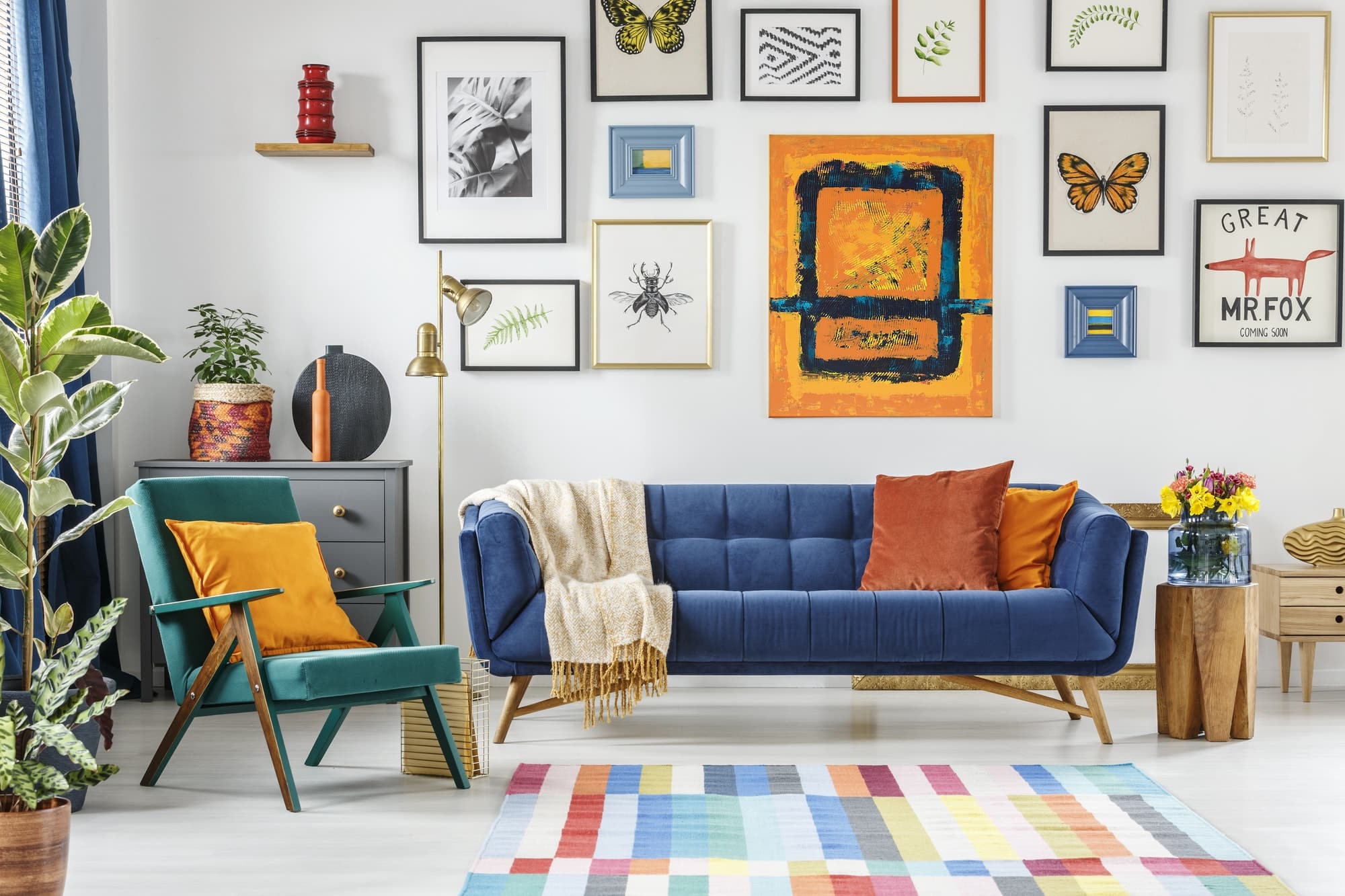How to Plan a Multi-Generational Home Layout that Promotes Independence and Togetherness?

As the fabric of modern life continues to evolve, so too does the conception of home. The traditional nuclear family structure is giving way to a multitude of different living arrangements, including multigenerational homes. These homes, in which multiple generations of a family share a living space, are becoming increasingly popular. The challenge in designing such homes lies in creating a balance between shared and private spaces, ensuring that all family members have their needs met. In this article, you’ll gain insights into the design considerations required to create an optimally balanced multigenerational home.
Understanding Multigenerational Living
Before diving into how to design a multigenerational home, it’s important to understand what this style of living entails. Multigenerational living refers to a family structure in which more than two generations are living under the same roof. This could include grandparents, parents, and children, but might also extend to include uncles, aunts, and cousins.
Also read : How Can You Design a Functional and Inviting Outdoor Kitchen for a Small Patio?
Notably, multigenerational living is not a new concept. It’s been the norm in many parts of the world for centuries and is reclaiming its place in Western societies as well. The key appeal lies in the mutual support that family members can provide one another. However, creating a functional multigenerational home requires careful planning and design.
The Importance of Privacy in Multigenerational Home Design
One of the most important aspects of multigenerational home design is ensuring privacy. While it’s necessary for families to have shared areas for mutual activities, it’s equally important that each family member has their own space.
This might interest you : How to Create a DIY Rooftop Garden for Urban Agriculture?
A well-designed multigenerational home allows for seamless interaction while also providing secluded areas for rest, work, or simply time alone. This can be achieved by incorporating features such as separate entrances, sound-proof walls, and private bathrooms. Privacy doesn’t mean isolation; rather, it ensures the house is a place where everyone can feel comfortable and at ease, promoting harmony within the home.
Creating Shared Spaces that Foster Togetherness
Shared spaces are a crucial component of multigenerational homes. They foster togetherness, facilitate communication, and provide spaces for communal activities. The key is to design these areas in a way that caters to the needs of all family members.
The living room, dining area, and kitchen are often the core shared spaces in a home. To make these areas multigenerational-friendly, consider incorporating open floor plans for easy movement, particularly for older generations who might have mobility issues. Choose furniture that’s comfortable for all ages and install adjustable lighting to cater to everyone’s comfort. The goal is to create spaces that are inviting and accessible to all, promoting interaction and bonding among family members.
Adapting Home Design to Suit Different Generations
A multigenerational home must cater to family members of varying ages and abilities. As such, it’s important to incorporate features that enhance accessibility and safety, especially for elderly family members or those with physical disabilities.
Consider incorporating elements such as wider doorways for wheelchair access, non-slip flooring to prevent falls, and lower countertops for easier access. For children, ensure there are safe play areas both indoors and outdoors. The goal here is to create a home that is safe, accessible, and comfortable for all its inhabitants, regardless of their age or physical ability.
Future-Proofing Your Multigenerational Home Design
Lastly, it’s vital to think about the future when designing your multigenerational home. A design that works well now might not be as practical in a few years. Consider the potential changes your family might undergo and how your home can adapt to these changes.
Future-proofing could mean designing rooms that can serve multiple purposes or incorporating elements that can be easily modified. For example, an office space could eventually become a bedroom, or a ground-floor master suite could be added to accommodate ageing parents. It’s about anticipating the needs and changes of your family, and creating a home that can evolve along with them.
While the task of designing a multigenerational home might seem daunting, remember that the goal is to create a space that nurtures family bonds while respecting individuality. With careful planning, you can create a home that caters to everyone’s needs and promotes both independence and togetherness. And ultimately, that’s what a home should be: a place of love, support, and mutual respect.
The Role of Universal Design in Multigenerational Homes
The principles of universal design are invaluable in creating a multigenerational home. Universal design, in essence, refers to the creation of living spaces that can be used and accessed by all people, regardless of their age, size, or ability. Leveraging universal design principles can help ensure that the home meets the needs of family members across multiple generations.
Universal design emphasizes equality and inclusivity. In a multigenerational home, this might translate to features such as zero-step entries, lever-style door handles, and walk-in showers. These elements not only enhance accessibility for elderly family members or those with disabilities but also add ease and convenience to the lives of all inhabitants. Even seemingly small adjustments, such as installing light switches at a height accessible to both children and adults, can make a big difference in the overall functionality of the home.
Another important aspect of universal design is its focus on simplicity and intuitiveness. This can be especially beneficial in a multigenerational home where family members may have varying degrees of tech-savviness. Opt for appliances and systems that are easy to use and understand, eliminating potential frustrations and making daily tasks more manageable for all.
Incorporating universal design principles can also help future-proof your home. As family members age, their needs and abilities may change. By designing with flexibility and adaptability in mind, you can create a living space that can evolve along with your family’s needs.
Striking a Balance: Personal Space vs. Shared Living Areas
Navigating the balance between personal space and shared living areas is a key consideration in multigenerational home design. It’s about creating an environment that fosters both independence and togetherness, promoting harmony within the household.
Personal space in a multigenerational home is vital. Each family member should have a space where they can retreat, relax, and enjoy some alone time. This could be a private bedroom, a dedicated workspace, or even a cozy reading nook. These personal spaces should be designed with the individual’s preferences and needs in mind to ensure they offer a true sense of comfort and tranquility.
Shared living areas, on the other hand, are the hubs of multigenerational living. These spaces, which often include the kitchen, living room, and dining area, are where family members come together to interact, bond, and create shared memories. Designing these spaces with a focus on accessibility and inclusivity is crucial. Consider elements such as open floor plans, adjustable lighting, and comfortable seating that caters to family members of all ages and abilities.
In the end, the key to successful multigenerational home design lies in striking the right balance. By thoughtfully designing both private and shared spaces, you can create a home that fosters a strong sense of community while also respecting the individuality of each family member.
Conclusion: The Rewards of Multigenerational Living
Creating a multigenerational home that promotes both independence and togetherness can be a rewarding process. It’s about more than just designing a living space; it’s about crafting a home that nurtures family bonds, supports each member’s unique needs, and fosters a sense of belonging.
From a design perspective, the task may seem complex. It requires thoughtful planning, careful selection of features, and a deep understanding of the needs of each member of the family. However, the end result is a home that is not only functional and adaptable but also rich in love, support, and mutual respect.
In the face of changing societal norms, multigenerational homes represent the strength of the family unit. They embrace the diversity and complexity of modern family structures, proving that a well-designed home can provide a nurturing environment for all, no matter their age or ability. As the concept of the home continues to evolve, multigenerational living stands as a testament to the power of unity and togetherness in the family structure. By planning carefully and thoughtfully, you can create a multigenerational home that truly feels like home to all its inhabitants.
